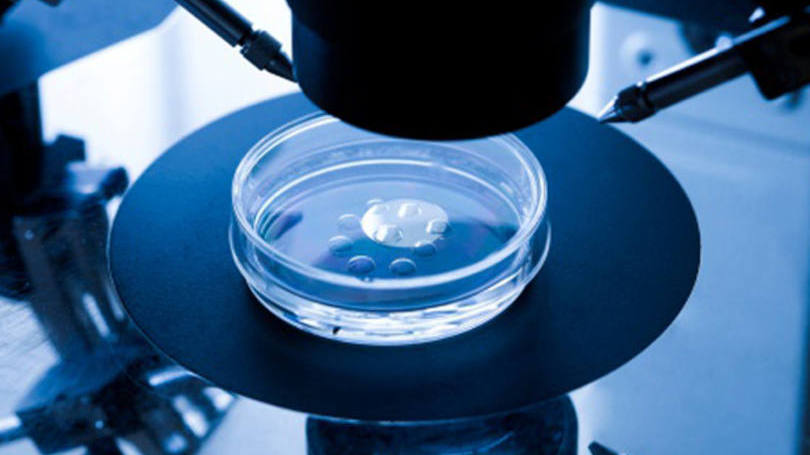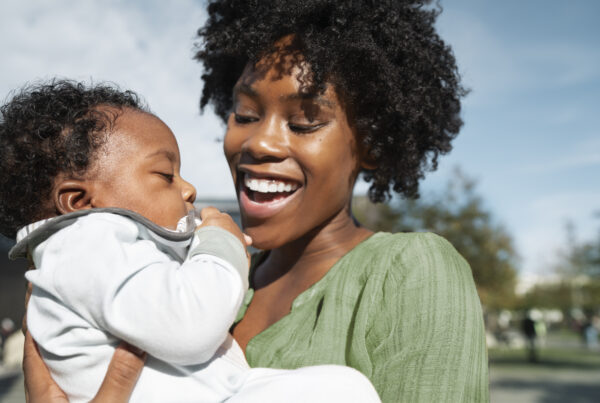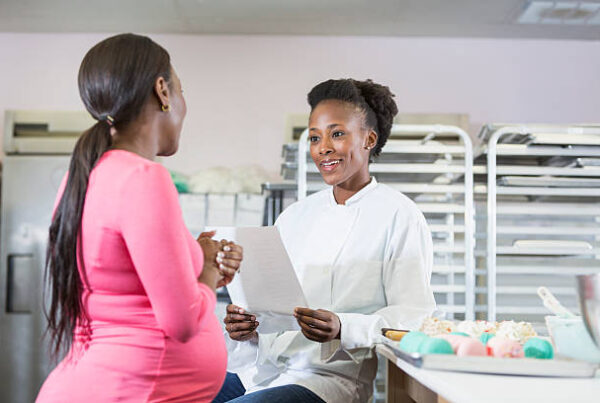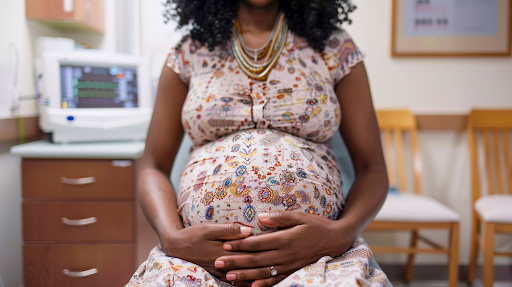When conceiving a child naturally is no longer an option, In Vitro Fertilization (IVF) treatments may often be the next best option. The procedure involves mixing sperm with your eggs outside of your body.
Sometimes you can also have the egg from a donor as well as the sperm. It is important to have an idea how many times you can try IVF before you even think of giving up or moving onto another solution.
In Vitro Fertilization is an amazing technology that has helped millions of couples to build and complete their families. But sometimes, even with the best technology and highest chances for success, things just don’t work out. When this happens, there’s reason to feel hopeful after a failed IVF cycle.
It is no longer a secret that factors such your body weight, smoking, drinking, and drug use can all influence your chances of getting pregnant, so you may require lifestyle advice, and specialist services and consultation. The aim is to strike a balance between maximising your chances of success and minimising risks of pregnancy.
A full cycle of IVF treatment covers ovarian stimulation, egg recovery, insemination, and embryo replacement.
Many infertile couples often expect that an 80 percent chance of getting pregnant through IVF is excellent, while anything less than 50 percent is poor. The truth is that a young healthy couple usually only has around a 20 percent chance of conceiving naturally in a month.
Other indications for IVF include male infertility, tubal and pelvic factor disease, age factor, and menstrual cycle irregularities. If you’re a couple that does not have an identifiable reason for not becoming pregnant, you can be successful with IVF.
Most couples seek medical advice after 1-2 years of trying to conceive, meaning that fertility issues are among the most common reasons for women to visit their doctors after pregnancy. If left untreated, infertility can result in stress, depression, and emotional distress.
In the past and even to date, age has been shown to be a factor that is beyond the control of predicting success of IVF treatment. This is because the likelihood of becoming pregnant declines as couples age, but the average age of women seeking fertility treatment has steadily increased over the years, reflecting the trend for couples to start families later on.
With this in mind, the chances of your IVF success fall sharply after you attain the age of 42. According to the Human Fertilisation and Embryology Authority (HFEA) in the UK, the percentage of IVF cycles that resulted in births decreases from around 20 percent when you are aged 38-39, to 14 percent at age 40-42, to just 5 percent when you are over 42.
Generally, if you are under 40, and have been trying to get pregnant for up to two years, the recommendation is that you should be offered three full cycles of IVF. For women aged between 40 and 42, who have been trying for two or more years, and have not previously received IVF or shown evidence of low ovarian reserve, similar three full cycles of treatment are recommended.
Most women typically see success rates of 20-35 percent per cycle, but the likelihood of getting pregnant decreases with each successive round, while the cost increases. The cumulative effect of three full cycles of IVF increases the chances of a successful pregnancy to 45-55 percent. Three IVF cycles is both the most cost-effective and clinically effective number for women under the age of 40.
In most cases it is not a fertility diagnosis that stands directly in your way of becoming a parent, rather, it is the ability to afford the treatment and other family building options that becomes the biggest barrier. Infertility can be emotionally exhausting and in the face of the heavy, financial burden, the impact of infertility can be significant.
However, this is to say that not all infertility journeys are exactly the same. Each journey to resolution is personal based on what family building options work with your diagnosis and financial situations. Exploring options such as donor sperm, donor egg, and donor embryo may not have been how you thought you’d build your family, but with a little more information it could become your life-saving option.
You may have interest to do IVF treatments more often but being in great physical health is one thing, having the wallet to handle it is another. One way to get an idea of how often you should try IVF treatments is to consider the statistical average.
From reported rates of IVF treatments, if you are a woman who is below 40 years of age, using your own eggs and is going through a good IVF programme, you have a 40 – 70 percent chance to have a baby within three attempts.
This is assuming that you have a good ovarian reserve, you are using healthy sperm and have good and receptive uterine lining. If you fall under these criteria, you have up to a 70 percent chance to have a baby within three rounds of IVF treatment.
Being aged around 40-42 means that you have a 35-40 percent chance to successfully grow a baby inside. As you go further past the age of 43, the chances of success drop significantly. Within three tries, there is only about a 25 percent chance of success after 43.
What this means is that age plays a large role in the success of IVF treatment, but there is still more to consider when it comes to how many treatments you should try.
Statistics are also important when it comes to the success of IVF treatments. On average, there is a one in three chance that this treatment will work. While that might not be appealing at first, it is important to keep in mind.
If you go into IVF treatments with an attitude of giving up as soon as it fails the first time, it narrows your odds even further. You should expect to undergo IVF treatments two or three times and prepare yourself accordingly.
If you are unable to conceive despite the relatively high chance of success, it should not be the end. In the event that you are getting repeated failures, you should consider getting a second opinion and or probably further investigation. Talk to your doctor about the best way to get an assessment.
If you experience repeated failures with no apparent explanation for why the failures are happening, you need to be evaluated further. For some people, IVF treatments require a lot more patience and perseverance. Even if you try multiple treatments but you still experience no conception or live birth, you might want to accept that perhaps IVF treatments are not entirely a good thing for you. But that might not be the best way to go.
For the reason that IVF treatments aren’t working might not be reason to give up. In fact, it might be worth it to try the same IVF procedure again, assuming that your body and mind are ready. When you are repeatedly attempting IVF procedures, the financial aspect is relevant. You will want to be able to budget appropriately for your IVF treatments. The treatment often takes around average of three cycles to work.
Before embarking on an IVF cycle, you need to complete a basic infertility evaluation. This may include a semen analysis, pelvic ultrasound, an evaluation of the uterine cavity and fallopian tubes, and a couple of blood tests which reflect ovarian reserve. Based on these results one can often prognosticate if they will be successful on an IVF cycle.
Regardless of all this, there are couples who may not always be successful with IVF because of things like advancing female age and lower egg quality.There are couples that have achieved success after IVF did not work and have become pregnant on their own, so if you do have an unsuccessful IVF cycle, it is not the end, you may just need to find the right support, and map out next steps and decide if it includes another IVF cycle. Also, do not think that conceiving naturally is no longer an option for you once you seek fertility treatment.





